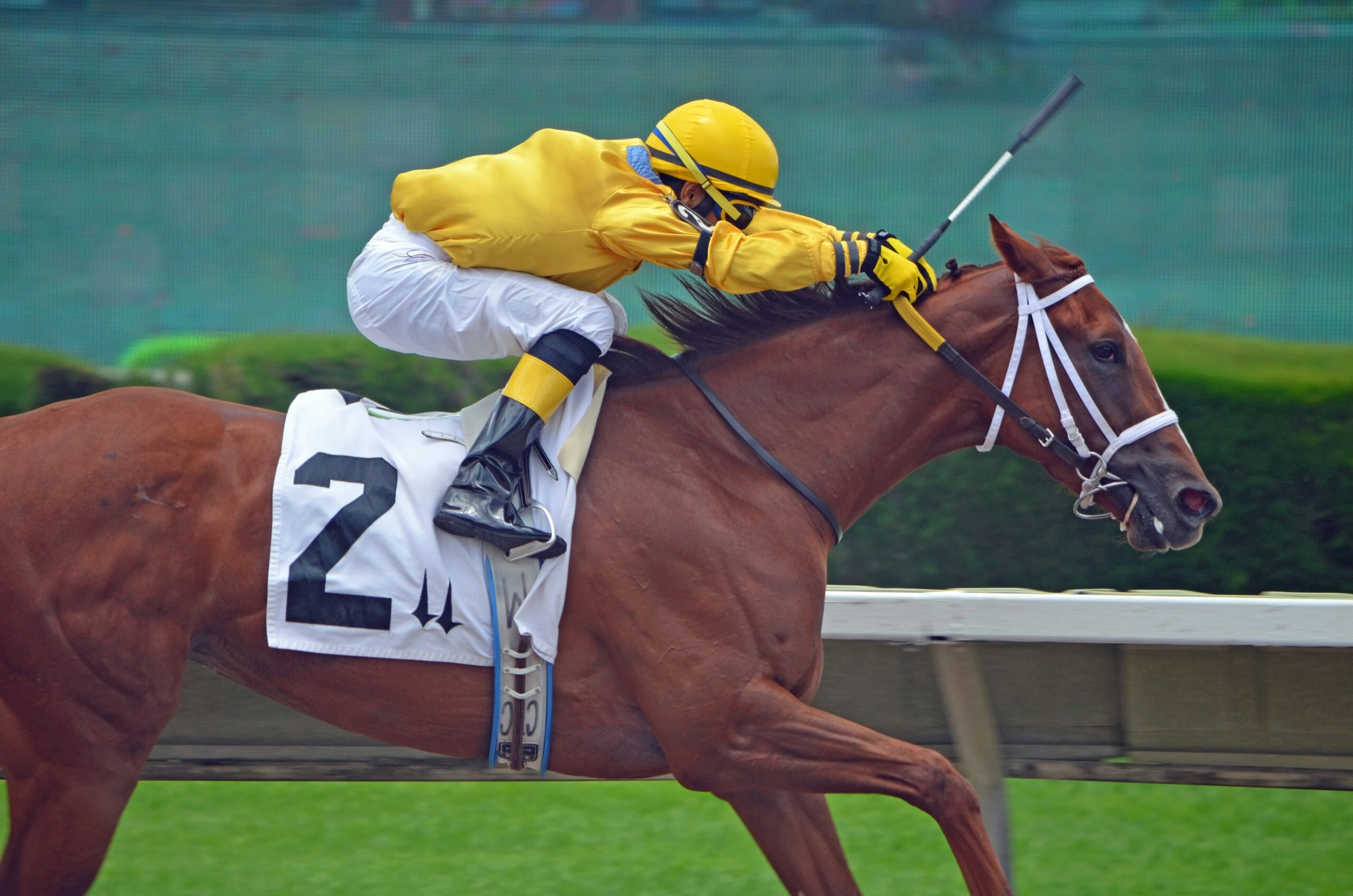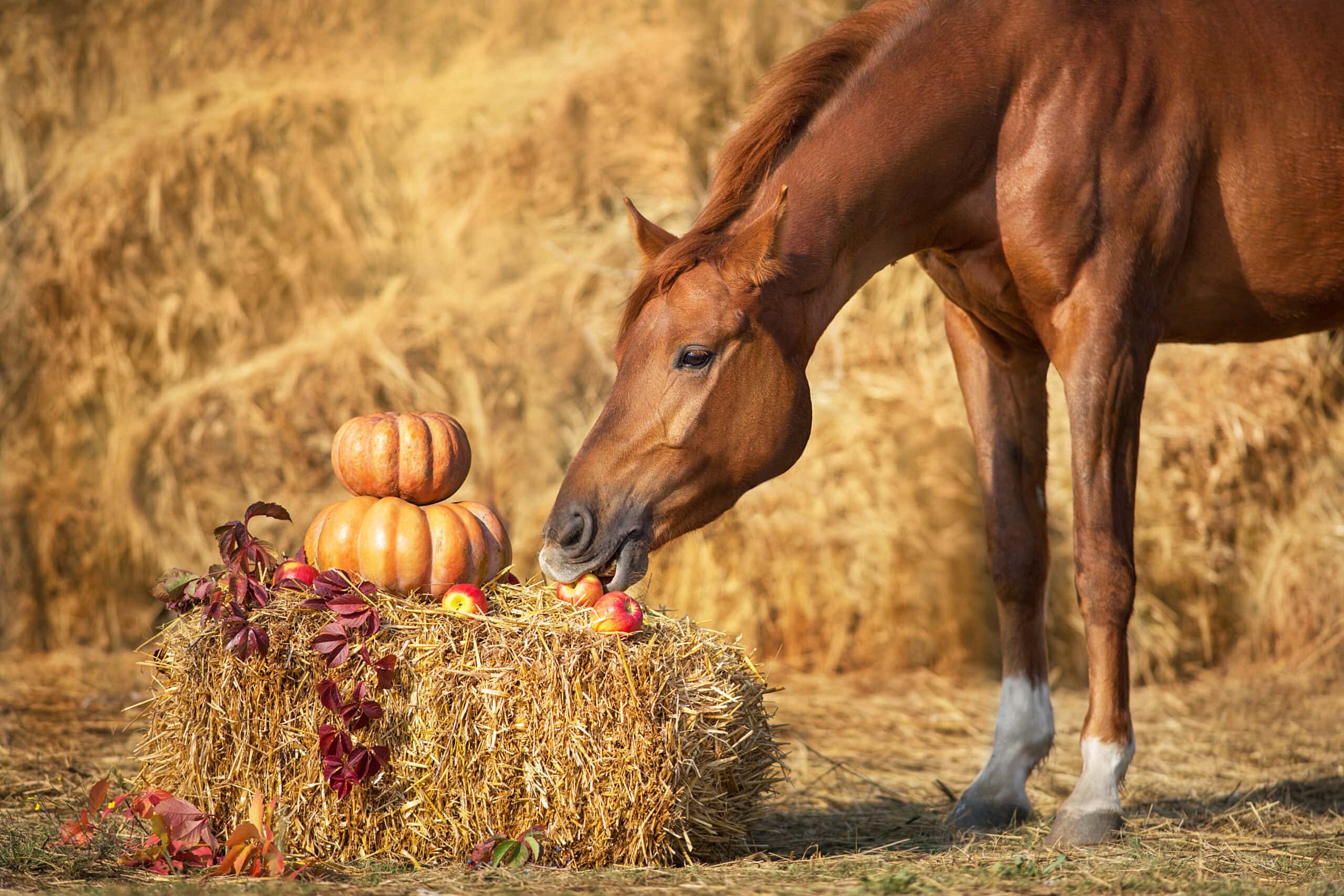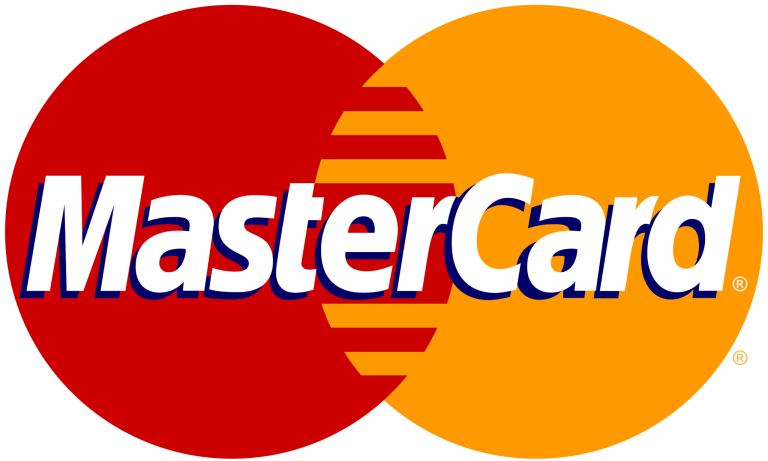Electrolytes are essential minerals that help regulate sweating in horses. The longer or harder a horse works, the more electrolytes are used and need to be replaced. However, natural depletion of these nutrients through sweating can complicate equine body function and cause problems for both animal and owner or trainer. While there are many health-related aspects to monitor during strenuous training or competition, electrolyte levels are an important variable to consider in most cases.
Although the apparent solution of just feeding the horse more electrolytes seems to make sense, reality may not be as simple as that. There are certain strategies, times and electrolyte-enriched products that must all be taken into account when trying to use such supplements to replenish electrolyte levels in horses.
What are electrolytes and what do they do?
“If sweat is involved, electrolyte supplements will be needed.”
How are electrolytes lost, and what can occur from depletion? Electrolytes are a class of common minerals and salts that are critical to different bodily functions in horses, including fluid regulation, balance, the circulatory and muscular systems, and digestion. The primary electrolytes include: sodium, chloride, potassium, magnesium and calcium; which when dissolved in body water or blood, break down into their component, electrically charged ions. In doing so, these electrolytes accomplish different things like activating sweat glands, supporting neurological and muscle function, stimulating thirst, and promoting metabolism of fats during activity.
Electrolytes are lost through one action: sweating. This means that horses involved in competition or training for it are most at risk of losing electrolytes and the negative side effects that are associated with such mineral exhaustion. Commonly, endurance or trail rides, racing and intensive, sustained work can create physical conditions that lead to excessive sweating and electrolyte loss. However, as mentioned, the situation may not always be as simple. For instance, horses that aren’t used to or conditioned for the work they undergo may lose electrolytes faster.
When electrolytes reach imbalanced levels, various and sometimes severe side effects can occur, including:
- Dehydration, which is often a No. 1 concern for all trainers and owners when leading the horse through exercise or competition.
- Thumps, or “synchronous diaphragmatic flutter,” is kind of like the hiccups for horses, except not always innocuous. Lack of critical minerals could lead to abdominal muscle spasms that produce the characteristic thump. While not dangerous on its own, it can point to more problematic health issues.
- Neural irritability that can negatively impact motor function; as well as overheating and reduced blood flow.
When should I feed electrolytes?
This variability in how horses react to work can be a difficult moving target for trainers and owners to grasp, especially when trying to figure out when to feed electrolytes. However, if there’s one rule of thumb it’s if sweat is involved, so should electrolyte supplements.
“Horses lose electrolytes in sweat, so anytime a horse consistently works hard enough to generate even a slightly damp coat, an electrolyte should be added to the diet,” Catherine Whitehouse, M.S., an equine nutritionist at Kentucky Equine Research (KER), said. “Horses that stay in sweat-producing work year-round should remain on a well-formulated electrolyte supplement every day.”
Some other tips to keep in mind when deciding how and when to feed electrolytes include:
Focus on hydration
As noted by The Horse, “In every case, it is important that a horse engaged in aerobic exercise, such as a competitive trail horse, has access to as much water as he wishes to drink at any time.” However, getting horses to drink provided water isn’t always the easiest task. Sometimes, it could be due to a sodium imbalance; sodium is related to thirst stimulation in horses, and if fed through an electrolyte supplement can encourage equines to drink.
Consider available products
Most conceptualize electrolytes as a powder that dissolves in water. While powders are a popular delivery method for electrolytes, they are not the only product available to trainers and owners. Pastes, for example, are a high-quality way to get horses electrolytes, and are often fast acting. Supplements that can be added to feed (flavored or otherwise) are another option. The content of the electrolyte product must also be considered, as there are some that boost specific mineral levels, like calcium.
Pay attention to the weather
Sweating, overheating and electrolyte depletion are ever present concerns during strenuous training, but considerably more so when it’s hot outside. Indeed, though high temperatures and muggy conditions demand close attention be paid to the horse’s physical health, as exercise may not always be the catalyst for electrolyte loss.
“I used to see this all the time in humid summers,” Jeanette Mero, DVM, veterinarian and endurance competitor from Mariposa, California, told Equus Magazine .”A horse is trailered a few hours to a show and steps off the trailer soaked in sweat. He’s probably lost a lot of electrolytes.”
Talk to Finish Line today
Monitoring electrolyte levels and replenishing these essential minerals is a responsibility every owner and trainer needs to think strategically about. Not only must they understand the basics of electrolytes, but also how and when to supplement them into a horse’s diet.
We proudly offer a variety of proven electrolytes:
For more information about available products and electrolytes feeding in general, talk to the experts at Finish Line today by calling +1 (800) 762-4242











